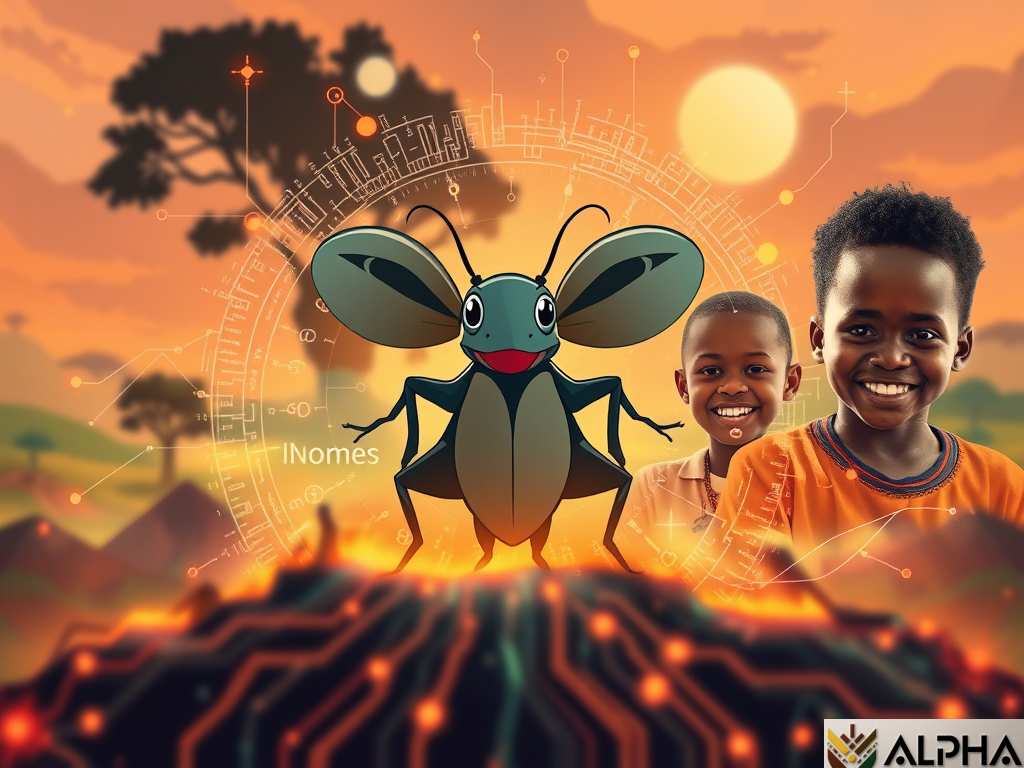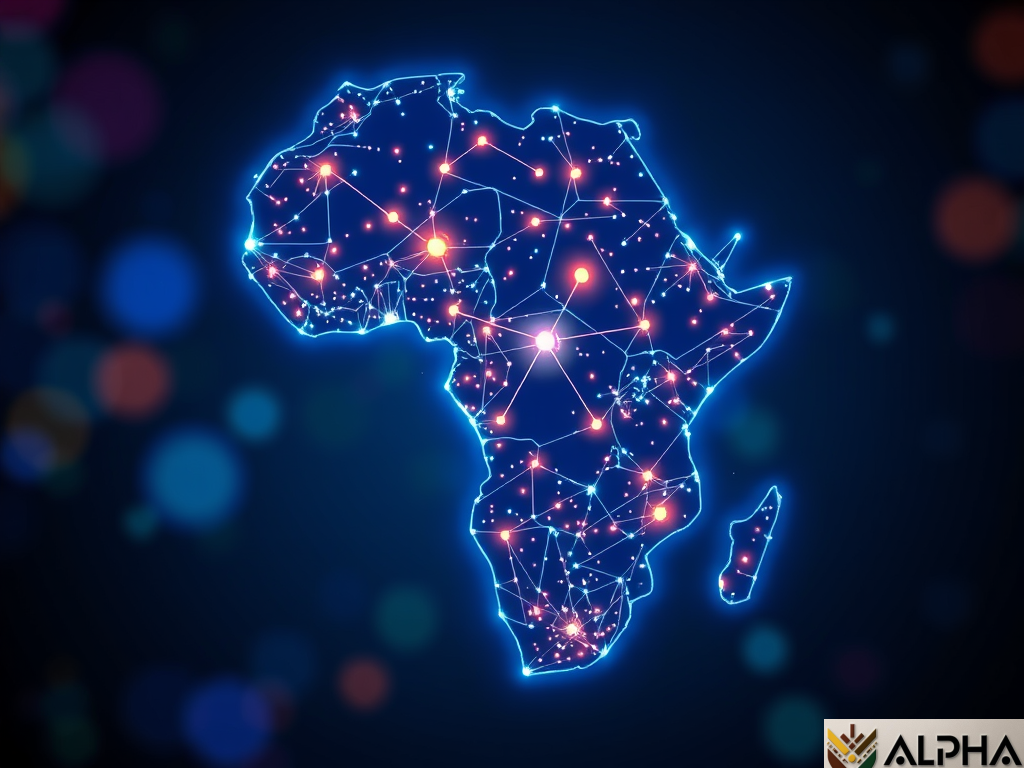Revolutionizing AI: Merge to Mix and its Potential in Africa
Revolutionizing AI: Merge to Mix and its Potential in Africa
The landscape of artificial intelligence is constantly evolving, with new techniques emerging to improve model performance. One such advancement, ‘Merge to Mix,’ offers a groundbreaking approach to dataset mixing for fine-tuning large language models (LLMs). This method promises to significantly accelerate the process of creating optimal dataset mixtures, a crucial step in maximizing LLM performance on downstream tasks. Its potential implications, especially for data-scarce regions like many parts of Africa, are profound.
Understanding Merge to Mix
Traditionally, creating effective dataset mixtures for LLM fine-tuning is a time-consuming process, often involving numerous trial-and-error iterations. Merge to Mix changes this paradigm. Instead of repeatedly fine-tuning models on various dataset combinations, it leverages model merging—a technique that combines the capabilities of several individually fine-tuned models into a single, more powerful model using simple arithmetic operations. This clever shortcut allows researchers to predict the effectiveness of a dataset mixture *before* actually fine-tuning a model on it, drastically reducing the time and computational resources required.
African Applications: Bridging the Data Gap
The impact of Merge to Mix is especially significant in regions with limited data resources. Many African countries face challenges in collecting and annotating large datasets for training AI models. Merge to Mix’s efficiency offers a potential solution. By cleverly combining smaller, readily available datasets, researchers can create powerful models without the need for massive, meticulously labeled datasets. This opens doors to developing AI solutions tailored to specific African contexts and challenges—be it improving healthcare access in rural areas, optimizing agricultural practices, or tackling issues of language preservation.
- ✓ **Improved efficiency:** Significantly reduces the time and resources needed to fine-tune LLMs.
- ✓ **Enhanced model performance:** Enables the creation of higher-performing models with diverse datasets.
- ✓ **Addressing data scarcity:** Enables effective model development even with limited data resources, crucial for regions like parts of Africa.
Future Directions and Challenges
While Merge to Mix shows great promise, challenges remain. Further research is needed to fully understand its behavior across diverse datasets and tasks. Additionally, exploring how best to adapt this method to the unique challenges of low-resource settings in Africa is crucial. Investigating the ethical implications and ensuring responsible development and deployment are also key priorities.
Conclusion: A New Era of AI Development in Africa?
Merge to Mix represents a substantial leap forward in AI model development. Its potential to overcome data limitations opens exciting new possibilities for developing AI solutions relevant to African contexts. By efficiently combining available data sources, this technique can empower researchers and developers to create more impactful AI systems, contributing to positive social and economic change across the continent.
Share this content:














Laisser un commentaire